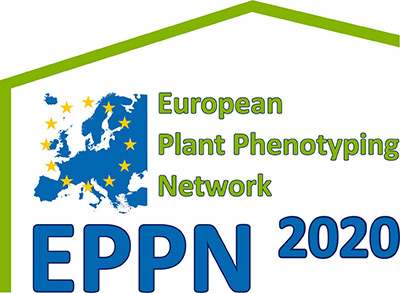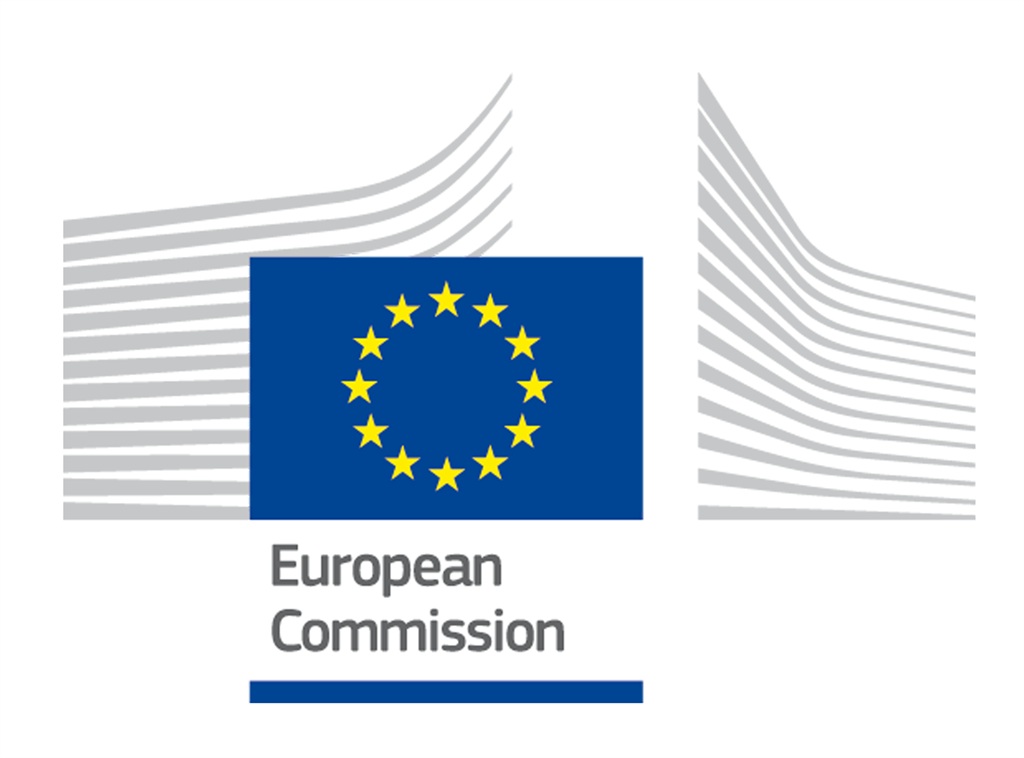Joint Research Activity 1 (JRA1)
Novel techniques and methods for environmental and plant measurements
The objectives of the Joint Research Activity 1 are to advance the quality of sensor calibration and environmental characterization as common practices in phenotyping installations. These objectives are essential to maximize the reproducibility, reusability and value of results. A first task develops levels of requirements in terms of environmental characterization and monitor their achievements. A second task demonstrates imaging innovations developed by partners. A third task develops levels of requirements for calibrations of sensors used in platforms and monitors their achievements. A last task challenges the core objectives of EPPN2020 (all JRAs) by means of joint experiments in different installations.
|
Leader: Xavier Draye (UCL) |
+32 10 472092 |
|
|
Deputy Leader: Tony Pridmore (UNOTT) |
+44 1159514251 |
Main activities
The first task monitors the precise procedures for environmental characterization in all EPPN2020 installations, providing recommendations and helping operators to implement them. With Joint Research Activity 3, this task also contributes to the development of standards for the storage and documentation of environmental data. Partners are increasingly aware of the critical value of these data.
In the future, phenomics will increasingly rely on the assembly of data concerning the same biological entities but obtained in different installations. This has become very common in other omics fields. Data accuracy is essential to support this evolution. Our third task therefore interacts with all partners to ensure all platform satisfy minimum calibration requirements sensors, cameras and other measuring equipments. This task also anticipates a likely evolution that, next to data, images will also be made available in a near future. Images, however, are only reusable on the condition that they are provided with a precise and quantifiable documentation of the imaging setup, which is currently not the case.
Finally, our last task coordinates the execution of a series of experiments in volunteer platforms towards common objectives. These experiments will serve as a benchmark for most objectives of EPPN2020. This series of experiments currently involves 11 phenotyping installations and one private company.
Monitoring spatial and temporal variability of temperature and light in greenhouses and growth chambers
Monitoring the spatial and temporal variability of temperature and light in greenhouses and growth chambers has proven essential to account for environmental effects at the individual plant level. This information also helps to establish genotype-specific response curves to environmental variables and, ultimately, to improve the prediction of field crop behavior.
Within the Joint Research Activity 1, we assessed the possibility to simulate temperature in a greenhouse with a mathematical model of thermal transfer. Results suggest that the accuracy of the temperature maps is not sufficient for plant phenotyping experiments without assimilation of real time sensor data, which is complicated to implement on a daily basis. Therefore, we elaborated minimal requirements to insure that environmental variability is quantified in each experiment. We are currently developing a toolkit to generate time series of temperature maps during each experiments in all platforms.

3D temperature simulations in a 64m2 greenhouse with three different configurations of heating pipes

